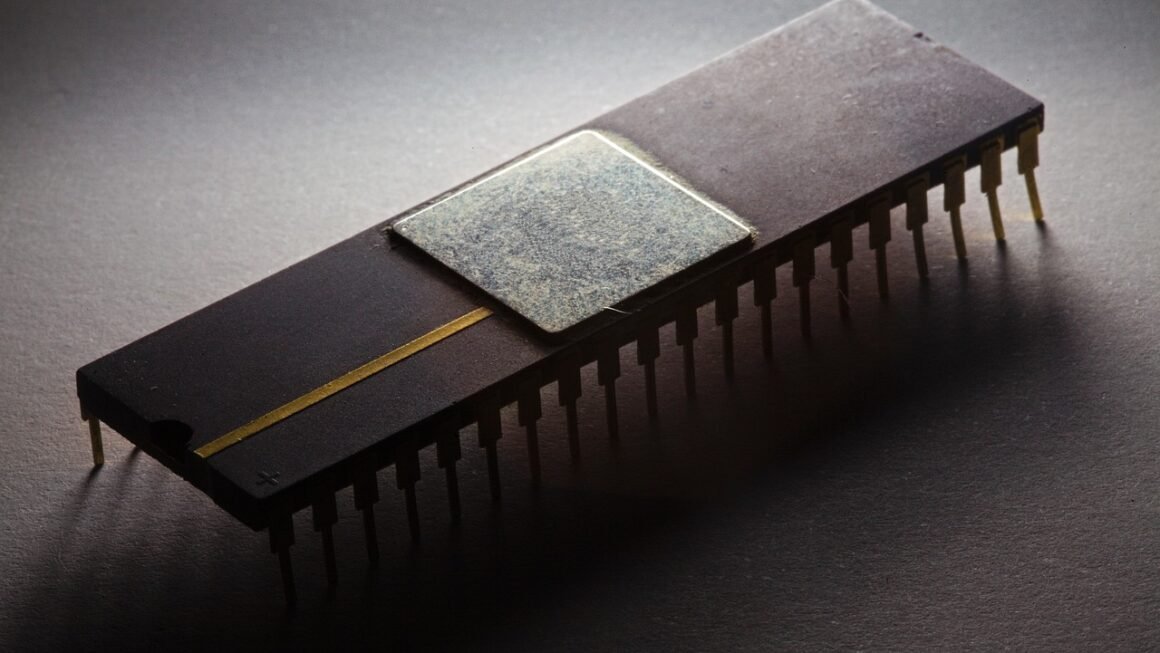Drones, once the exclusive domain of the military and serious hobbyists, have rapidly transformed into versatile tools utilized across diverse industries and by everyday consumers. Their ability to capture aerial footage, inspect infrastructure, and even deliver packages has revolutionized various sectors. This blog post delves into the world of drones, exploring their applications, benefits, challenges, and the future of this exciting technology.
Understanding Drones and Their Capabilities
What is a Drone?
A drone, technically known as an Unmanned Aerial Vehicle (UAV), is an aircraft without a human pilot on board. Drones are controlled remotely by a pilot on the ground using a remote control or increasingly, through sophisticated software and autonomous flight planning. They come in a variety of shapes and sizes, ranging from small, toy-like quadcopters to larger, more sophisticated models capable of carrying substantial payloads.
Key Components of a Drone
Drones typically consist of the following essential components:
- Frame: Provides the structural support for all other components.
- Motors and Propellers: Generate the lift and thrust necessary for flight.
- Electronic Speed Controllers (ESCs): Regulate the speed of the motors.
- Flight Controller: The brain of the drone, responsible for stability and navigation. This includes sensors like gyroscopes, accelerometers, and barometers.
- GPS Module: Enables accurate positioning and autonomous flight.
- Battery: Provides power for all electronic components.
- Camera (Optional): Allows for aerial photography and videography.
- Gimbal (Optional): Stabilizes the camera for smooth footage.
- Transmitter and Receiver: Facilitate communication between the drone and the remote controller.
Different Types of Drones
Drones are generally categorized by their design:
- Multi-rotor Drones: The most common type, offering stability and maneuverability. Examples include quadcopters, hexacopters, and octocopters.
- Fixed-wing Drones: Similar to airplanes, offering longer flight times and greater range. Ideal for surveying and long-distance inspections.
- Single-rotor Drones: Resemble helicopters and can carry heavier payloads.
- Hybrid Drones: Combine features of multi-rotor and fixed-wing drones, offering a balance of maneuverability and endurance.
Drone Applications Across Industries
Photography and Videography
Drones have revolutionized aerial photography and videography, providing stunning perspectives previously unattainable without expensive helicopters or airplanes.
- Real Estate: Showcase properties with captivating aerial views, attracting potential buyers.
- Tourism: Capture breathtaking landscapes and landmarks, promoting travel destinations.
- Film and Television: Obtain unique shots and cinematic sequences.
- Example: A real estate company using drone footage to create a virtual tour of a luxury property, highlighting its expansive grounds and stunning views.
Inspection and Surveying
Drones are increasingly used for inspecting infrastructure and conducting surveys, reducing risks and improving efficiency.
- Bridge Inspections: Identify structural issues without the need for costly and dangerous manual inspections.
- Power Line Inspections: Detect damage and vegetation encroachment, preventing power outages.
- Construction Site Monitoring: Track progress, identify potential safety hazards, and manage resources.
- Agricultural Surveys: Monitor crop health, identify irrigation problems, and optimize fertilizer application.
- Example: A utility company using drones equipped with thermal cameras to detect overheating components in power lines, preventing potential failures.
Delivery and Logistics
Drones are being explored for package delivery, offering faster and more efficient shipping options, especially in urban areas.
- Last-Mile Delivery: Deliver small packages directly to customers’ homes or businesses.
- Medical Supply Delivery: Transport essential medicines and equipment to remote areas.
- Example: A pharmaceutical company partnering with a drone delivery service to transport vaccines to rural clinics, ensuring timely access to critical healthcare.
Public Safety and Security
Drones are valuable tools for law enforcement, search and rescue, and disaster relief.
- Search and Rescue Operations: Locate missing persons in difficult terrain.
- Crime Scene Investigation: Document crime scenes from an aerial perspective.
- Disaster Relief Assessment: Assess damage after natural disasters and coordinate aid efforts.
- Example: A fire department using drones with thermal imaging cameras to locate hotspots during a wildfire, helping firefighters to contain the blaze more effectively.
Navigating Drone Regulations and Safety
Understanding FAA Regulations
The Federal Aviation Administration (FAA) regulates drone operations in the United States. It’s crucial to understand and comply with these regulations to avoid fines and penalties. Key regulations include:
- Registration: All drones weighing over 0.55 pounds must be registered with the FAA.
- Part 107 Certification: Required for commercial drone operations. This involves passing an FAA knowledge test.
- Altitude Restrictions: Drones cannot be flown above 400 feet in controlled airspace without authorization.
- Visual Line of Sight: Drones must be flown within visual line of sight of the remote pilot.
- Restricted Airspace: Drones cannot be flown near airports, military bases, or other restricted areas without authorization.
Drone Safety Tips
- Pre-flight Check: Always inspect your drone before each flight, checking the battery, propellers, and other components.
- Fly in Clear Weather: Avoid flying in rain, snow, or strong winds.
- Maintain a Safe Distance: Keep a safe distance from people, buildings, and other obstacles.
- Be Aware of Your Surroundings: Pay attention to your surroundings and avoid flying in crowded areas.
- Practice Responsible Flying: Follow all FAA regulations and guidelines.
Drone Insurance
Consider obtaining drone insurance to protect yourself from liability in case of accidents or property damage.
The Future of Drone Technology
Advancements in Drone Technology
Drone technology is constantly evolving, with advancements in areas such as:
- Artificial Intelligence (AI): Enabling autonomous flight and advanced data analysis.
- Longer Flight Times: Improved battery technology and more efficient designs are extending flight times.
- Enhanced Sensors: More sophisticated sensors, such as LiDAR and hyperspectral cameras, are enabling new applications.
- 5G Connectivity: Providing faster and more reliable data transmission.
Potential Future Applications
- Urban Air Mobility: Drones could be used for transporting people in urban areas.
- Precision Agriculture: Drones could be used to precisely apply fertilizers and pesticides, reducing waste and improving yields.
- Infrastructure Monitoring: Drones could be used to monitor critical infrastructure, such as bridges and pipelines, detecting potential problems before they become serious.
Conclusion
Drones have emerged as powerful tools with the potential to transform various industries and aspects of our lives. From capturing stunning aerial footage to inspecting critical infrastructure and delivering essential supplies, the applications of drone technology are vast and ever-expanding. By understanding the capabilities, regulations, and safety considerations associated with drones, individuals and businesses can harness their power responsibly and effectively, paving the way for a future where drones play an even more integral role in our society. As technology continues to advance, we can expect even more innovative and exciting applications of drones to emerge in the years to come.



